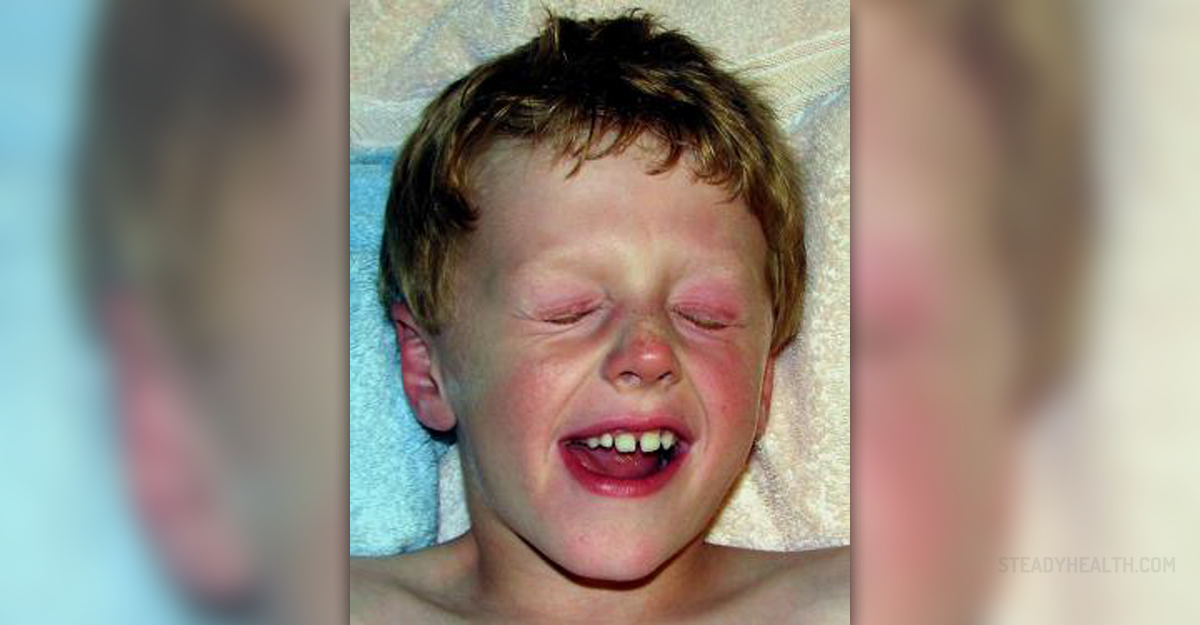
A dust mite allergy is a reaction of the immune system to a certain protein that mites contain.
Dust mites are relatives of spiders but they are too small to be visible without a microscope. They feed on the dead skin cells that people shed and they grow and breed in warm and humid environment. In most homes, the ideal environment for dust mites are bedding, sheets, pillows, upholstery and carpets.
A dust mite allergy causes infection of the nasal passages and its symptoms include sneezing, runny nose, itchy and red eyes, congestion and itching of the nose and the roof of the mouth, which are all symptoms common for a hay allergy. The other symptoms may include a cough, pressure in the face and waking up frequently during sleep.
This allergy can aggravate asthma in people who suffer from it, and in that case the symptoms will also be wheezing, trouble breathing, chest discomfort or pain and trouble sleeping.
The intensity of dust mite allergy can range form mild to severe. Mild allergy implies occasional runny nose or sneezing, while a severe case of dust mite allergy, when the condition is chronic, causes persistent sneezing, coughing and congestion as well as more serious problems in breathing and severe asthma attacks.
Medical attention should be requested if the wheezing or shortness of breath worsen rapidly even during minimal activity.
A dust mite allergy can be prevented or alleviated by changing some elements in the environment that contribute to breeding of the mites.
Bed covers and sheets should be allergen-proof. There are special covers for pillows and mattresses that are made of vinyl or a tightly woven fabric that prevent the colonization of mites inside them.
Bedding should be washed weekly in hot water of at least 130 F (54.4 C). If the fabrics are not washable at high temperatures, it helps to put them in the dryer on a high temperature for 20 minutes.
Humidity is perfect for mites to grow and breed, so it may be helpful to purchase a dehumidifier or an air conditioner to reduce the humidity.
Carpeting in the bedroom should be removed, especially if it covers a concrete floor. The same goes for all the unnecessary items that collect dust in the bedroom.
Stuffed animals should be washed regularly just like sheets, at a high temperature, and they should be kept off the bed.
Dusting and vacuuming frequently helps to remove the dust and the particles that the mites feed on. An air purifier will also help remove dust but it will not remove mites, because they are too heavy to be airborne long enough to be filtered.





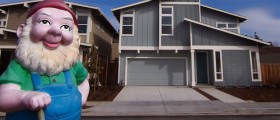
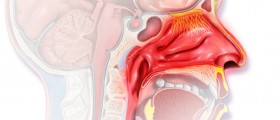
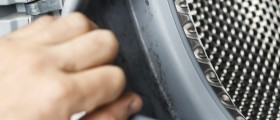





-Help-Treat-Your-Cold-Or-Flu_f_280x120.jpg)
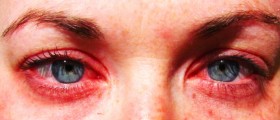


Your thoughts on this
Loading...